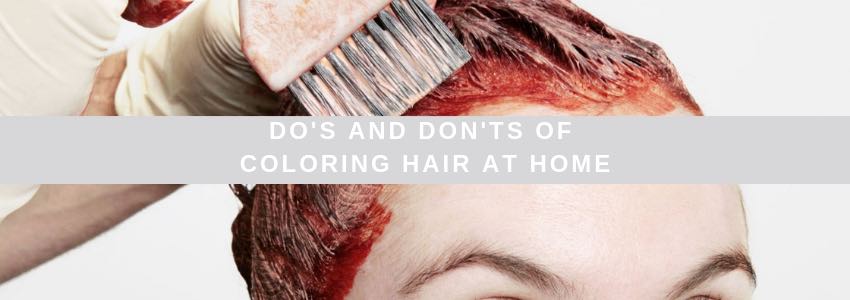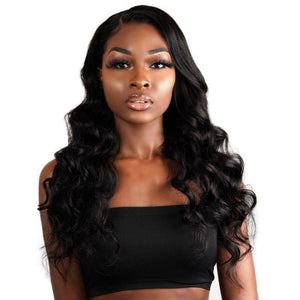DIY Home Hair Coloring Tips!
Coloring your hair at home? Stop! Wait! We must discuss the do's and don'ts before you color your hair at home.
Taking the proper precautions will save you from any mishaps and horror stories. Once you color your hair at home once, you will find inspiration to switch up your look often. So, it is important to know what you are doing while coloring your hair. After all, it is a science, and you are dealing with chemicals. If you are a hair color virgin, taking the color leap is very terrifying.
If you fail, you have to wear your mishap like a crown. For everyone to see. Whether you're going to a colorist or DIY-ing it, here are a few things you need to know before you color your hair for the very first time (or second). We have put together a few do's and don'ts before you color your hair at home.
The Do's of Coloring Hair at Home
If you color your hair from the convenience of your home make sure you are doing it right! We want to make sure that you know what to do. We listed some tips to help you along the way.

Pick Your Desired Color
If you are not sure what to look for while buying a box dye, ignore the picture on the front. Look at the name of the hair color along with the combination of numbers.
On a scale of 1 to 10, 1 is the darkest brown color, and 10 is the lightest blonde color. The box hair dye also has a color shade chart of what your hair will turn out to be.
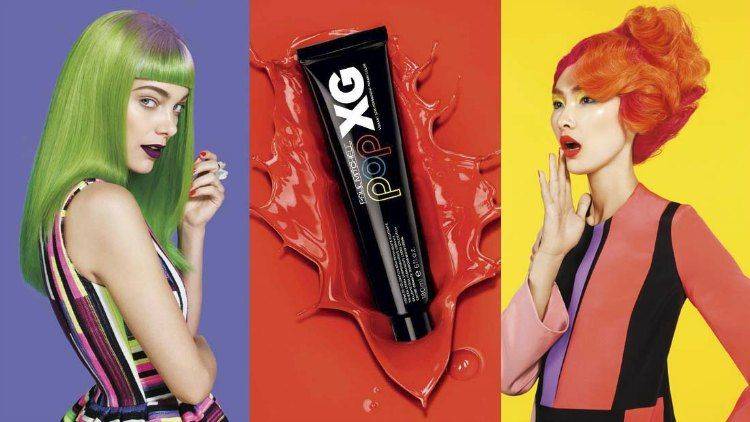
Wear Gloves
Make sure you wear gloves. You will want to protect your hands and nails from staining while coloring your hair. I can't tell you how many times I have stained my hair from using red semi-permanent hair dye. Once it stains, it takes a few days to come off. Most box dyes come with a pair of disposable gloves.
If you are buying the developer or bleach instead of a box dye, be sure to purchase gloves. Dealing with bleach is tough on the skin if you are not wearing gloves- and it burns!
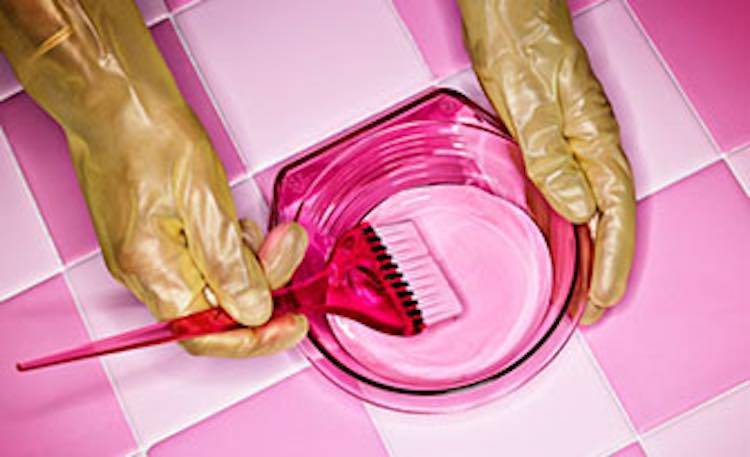
Use A Ventilated Area
Try to color your hair in an open space instead of a tight space. If you are in a bathroom, open a window. You do not want to breathe in the fumes from the hair dye or bleach for too long.
Test A Strand of Hair!
Not sure, you want to commit to certain hair color? Test out a small in the back. This is called a patch test. Testing out hair lets you see if the color is too dark or too ashy.
The patch test also lets you discover if you have an allergic reaction to the hair dye. Irritations to the skin or scalp are no fun, so it is better to catch it early.
Know Your Hair Limits
If your hair is not in the best condition to color or bleach it, wait until your hair's overall health is in better condition. Know your hair's density, thickness, and porosity to determine if it can take a color job.
If you have dry hair, expect the hair dye to cause more dryness. Deep conditioning weekly will help combat the dryness.

Use Your Skin Undertones
We all have different shades and undertones. If you have a pink undertone, choose light ash or cool blonde. For yellow or red undertones, golden blonde or warm blonde shades compliment your skin tone.
The Don'ts of Coloring Hair at Home
Now that we have told you what to do let's tell you what not to do. There are a lot of myths out there about dying your hair. We want to make sure that you are doing it the right way which means the safe way.
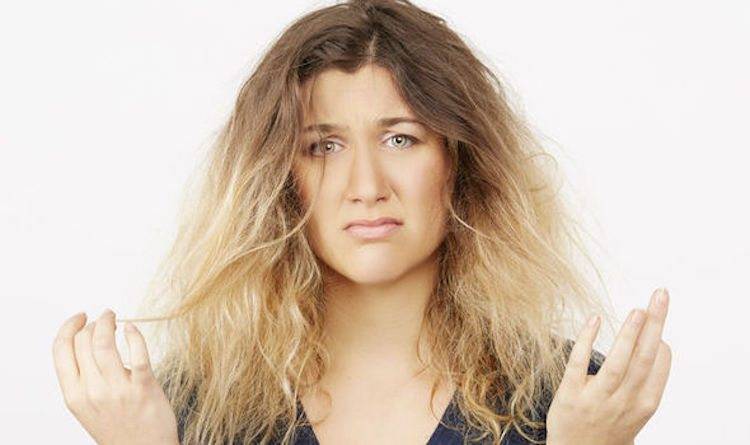
Don't Forget Your Tools
I am guilty of using my fingers (covered with gloves, of course) to apply hair dye; especially highlights or on the roots. I would rub the hair dye in with my hands all over my hair because I did not have time and was in a rush. Avoid doing this!
Get the proper tools for the application process. The tools consist of an applicator brush, a mixing bowl, hair clips, and barrier cream. Using these tools instead of your hands gives you a more polished look – not uneven, splotchy hair.
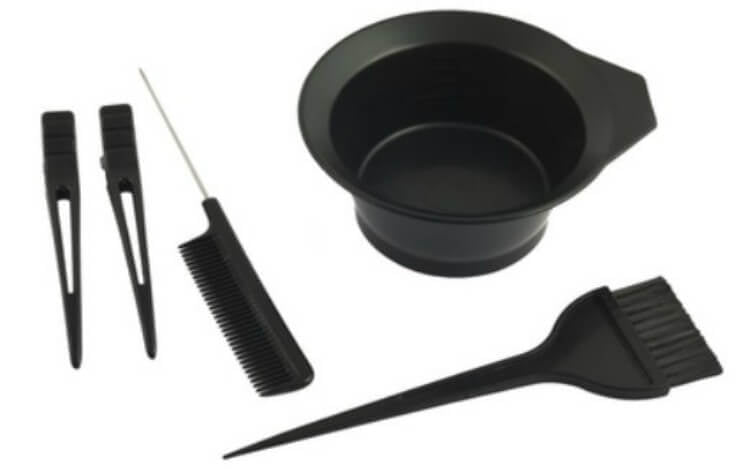
Don't Forget To Read The Instructions
Please read the instructions, warnings, and cautions that come with your hair dye. The instructions let you know the processing times and whether it is safe or not to use on chemically processed hair. If you are doing a touch up to your roots, then there is no need to re-color the length of your hair.
Applying more hair dye on top of hair dye leads to color build-up- especially if it is the same color repeatedly. Virgin hair that has not been previously colored or chemically treated will take hair dye better. Virgin hair has resistant strands while hair chemically treated hair has porous strands.
Avoid Extreme Color Changes
Don't try to become a platinum blonde in one sitting. Don't do it! Especially using box dyes; the bleaching kit in box dyes is not the same quality bleach that salons are using. Even if you buy the bleach and developer separately to lighten your hair, proceed with caution.
If you do take the risk to get a light blonde shade and it does not come out right, consult with a stylist or colorist. They are trained to correct color jobs.
This also applies if you want to darken your platinum hair. If you try to go from platinum to deep brown/black in one sitting, your hair could turn out a greenish color. A red or burgundy dye is needed to cancel out the green color.

Don't Rinse With Hot Water
Using hot water can strip your hair of essential oils and color. Try using lukewarm or cool water to rinse your hair after dying. Continue to avoid hot water even after deep conditioning. Rinsing with cool water after deep conditioning helps to seal in the moisture.
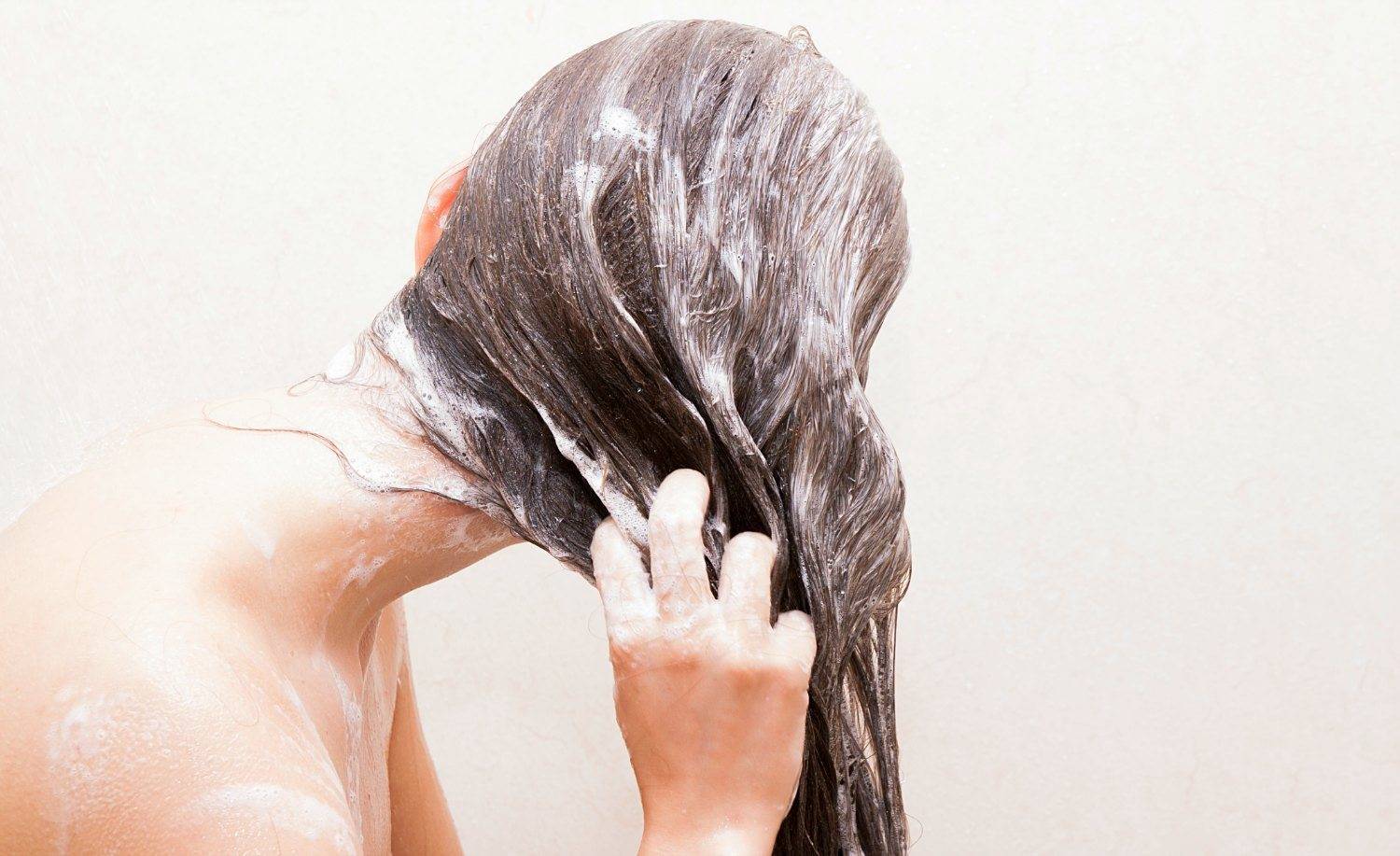
Now that you have read the do's and don'ts of coloring your hair at home, are you going for it? Ask a friend for help if you are nervous about applying the hair dye promptly.

